Order your filament in the webshop!
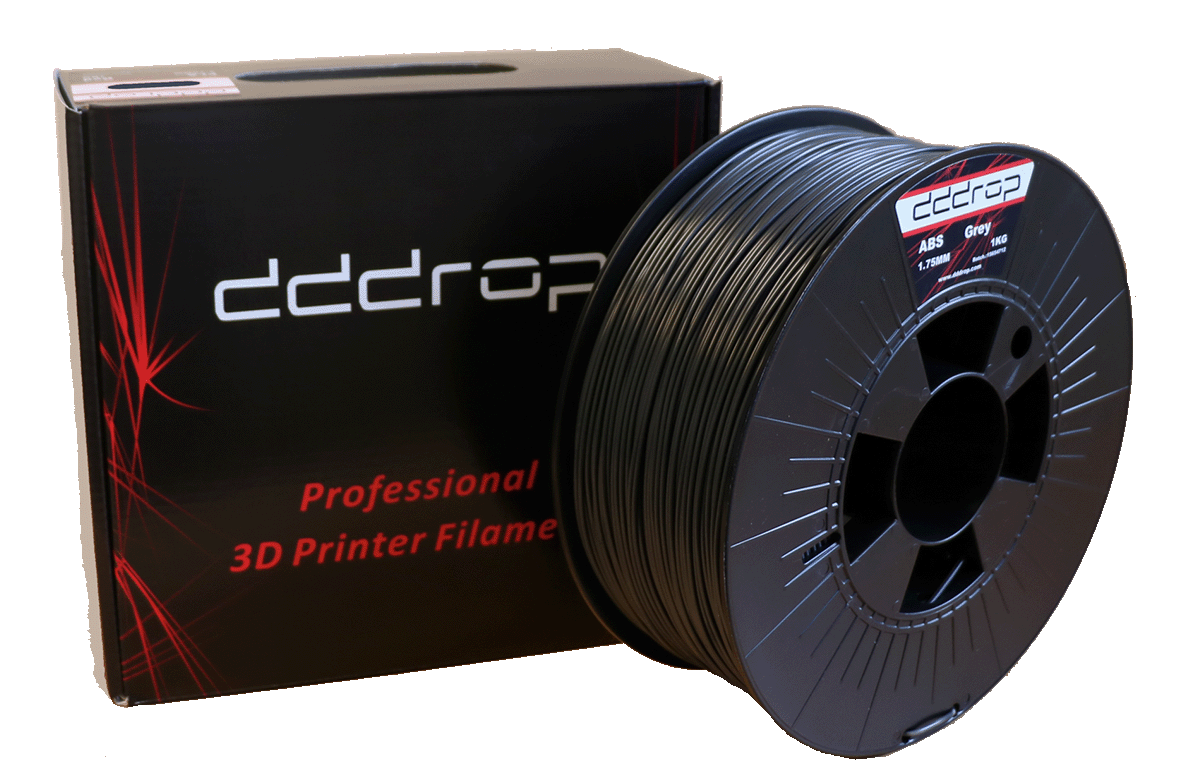
ABS Filament
ABS stands for acrylonitrile butadiene styrene. This material was one of the first plastics that was printed with industrial 3D printers. Now, many years later, ABS is still a very popular material, thanks to its low cost and useful mechanical properties. However, it is only reserved for the advanced user, because it has a higher melting temperature. ABS has to be printed on a heated print bed within a temperature controlled chamber, otherwise warping will occur.
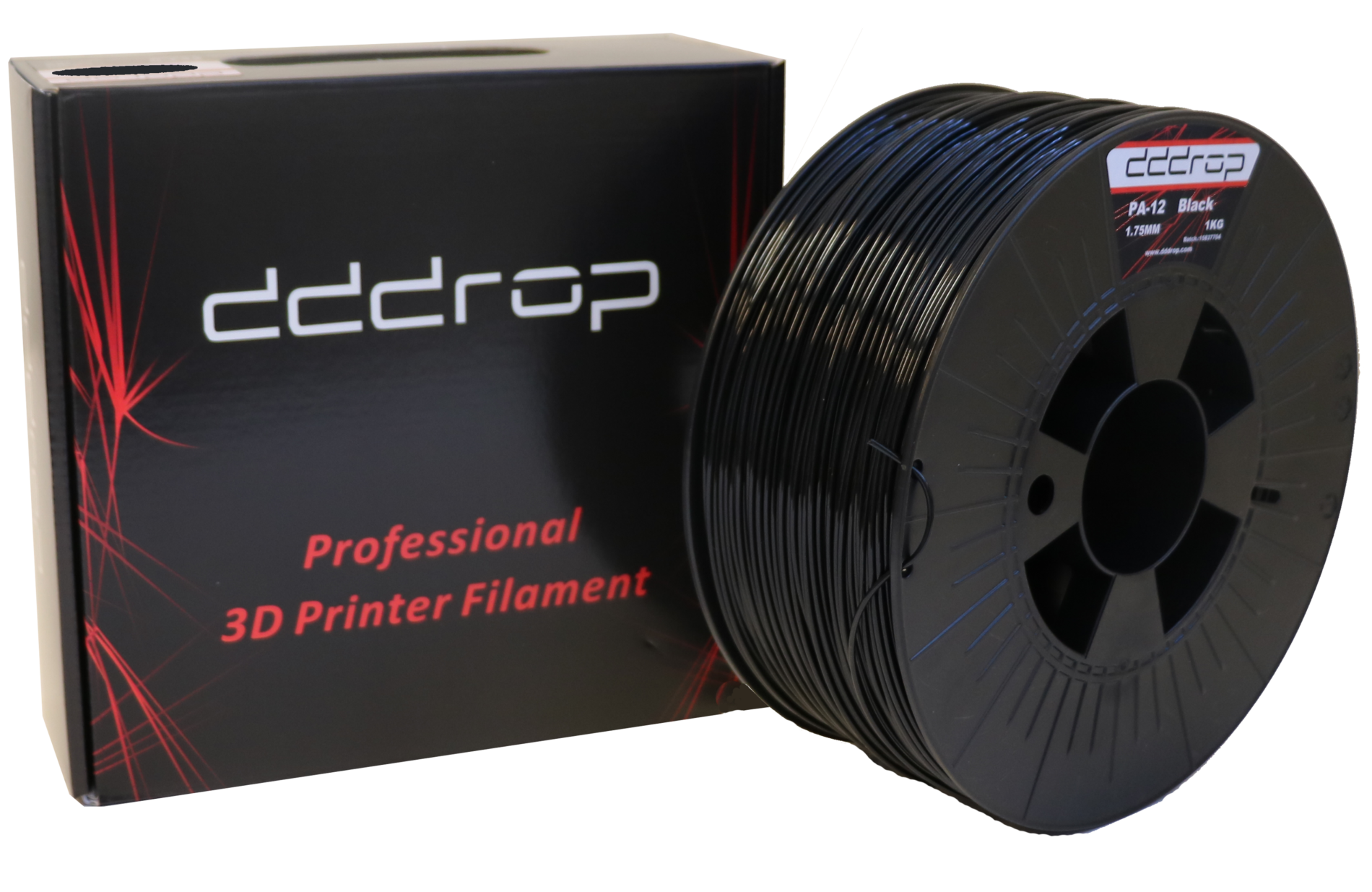
PA-12
Polyamide-12, abbreviated PA-12 filament is a nylon filament that is popular in the plastics industry. It is known for its strong and durable properties and is suitable for printing objects that are subject to heavy strain, such as high temperatures. Therefore, it can be compared to ABS filament, only PA-12 is a lot more flexible.

PC
PC filament (polycarbonate) is a strong thermoplastic characterized by its excellent impact resistance, high rigidity, heat resistance and fire retardancy. It is ideal for harsh environments where materials are put to the test, meaning it can withstand extreme temperatures and pressures.
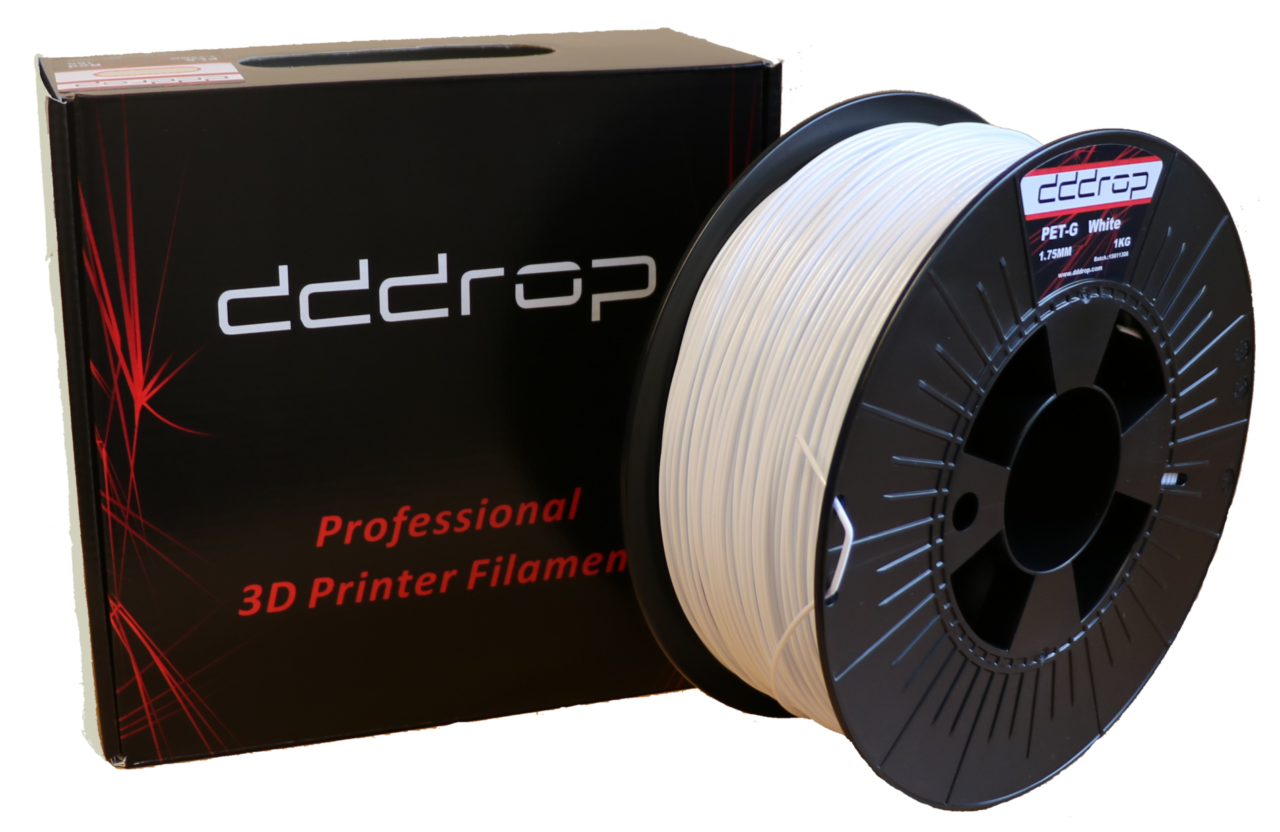
PET-G
PETG stands for the glycol-modified version of the most widely used plastic in the world, polyethylene terephthalate (PET). PET is known for its use in transparent deposit bottles. With the glycol modification of PET, the material becomes strong and durable while remaining easy to use.
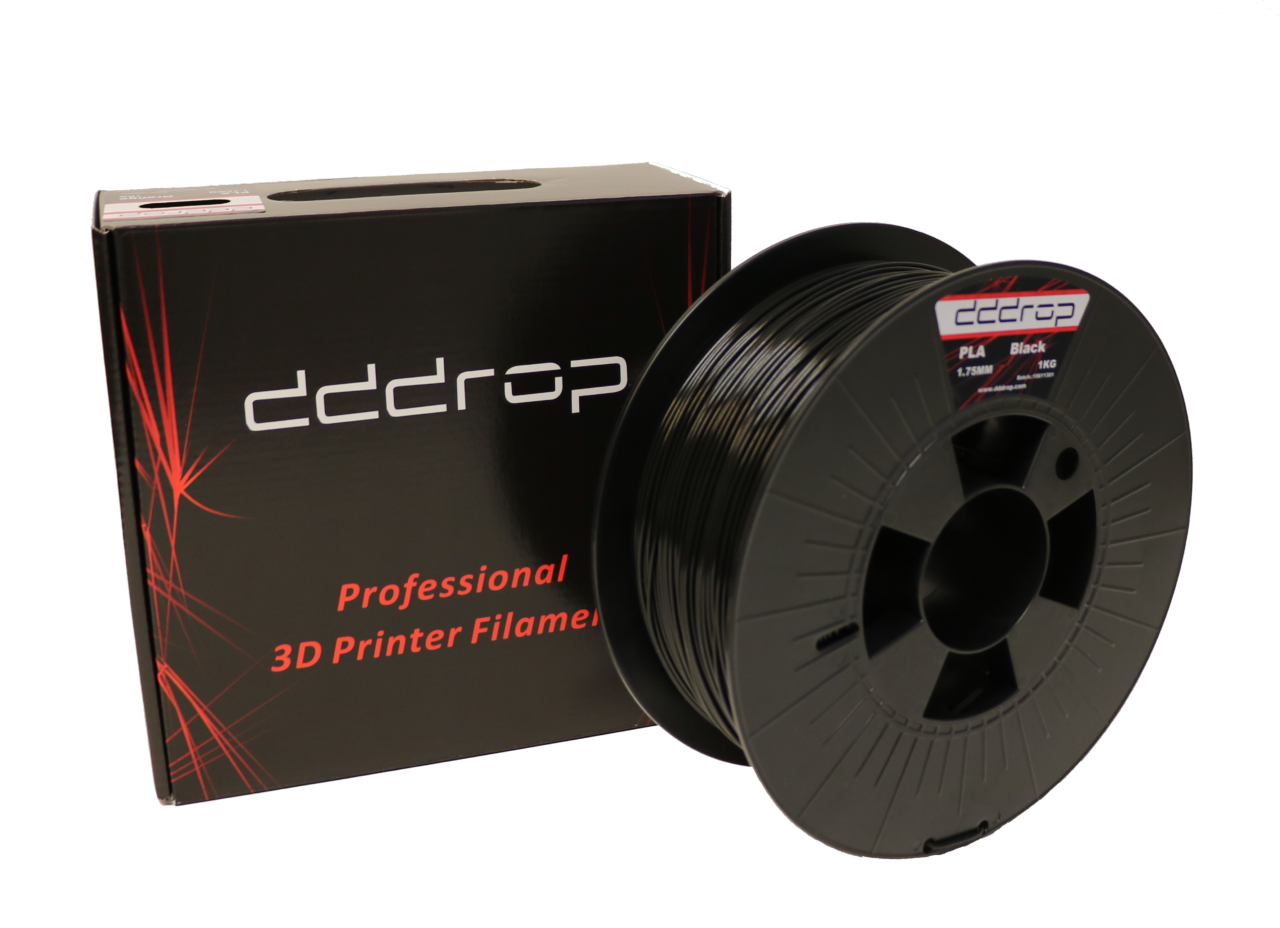
PLA
PLA stands for PolyLactic Acis. It is a widely used alternative to plastic because it is biodegradable and therefore environmentally friendly. By nature it is translucent, but almost any color can be added by adding color pigments. PLA Filament is made from reusable sources, namely starchy plants such as corn plants, sugar beets or sugar cane. This makes PLA a thermoplastic. It is a lot more environmentally friendly than, for example, ABS filament, which is manufactured from fossil fuels.

PVA
PVA filament is the perfect support material for 3D printing. This is because when PVA is exposed to water it dissolves, which is why you can use it to fill cavities and hollow spaces in a model. Perfect for printing more complex shapes. After the print is finished, the PVA support filament can be easily removed with warm water, without leaving any marks.
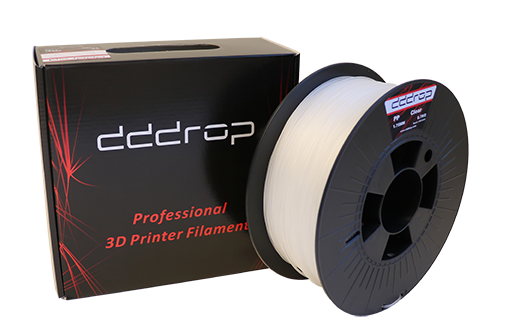
PP
PP stands for polypropylene, which is virtually unbreakable. A thermoplastic 3D printing filament that is durable, break-resistant, fatigue-resistant and semi-flexible. A property of PP filament is that the parts warp quickly after cooling due to the molecular structure of the material. This makes it challenging to print PP models properly. However, if done correctly, the models have great potential with a smooth, visually appealing finish.
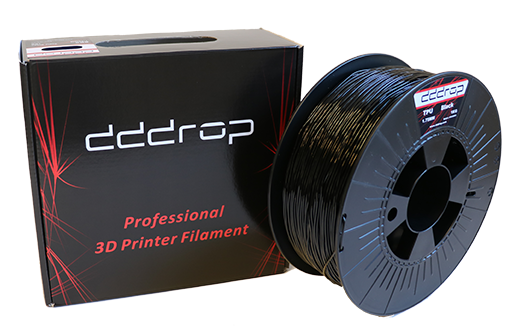
TPU
TPU filament stands for thermoplastic polyurethane, which is also called TPE or thermoplastic elastomer. TPE occurs in many compositions that differ slightly from each other, but TPU is the most common among them. It is an elastic material that can be easily stretched and bent. The easiest material to print parts that require some flexibility.
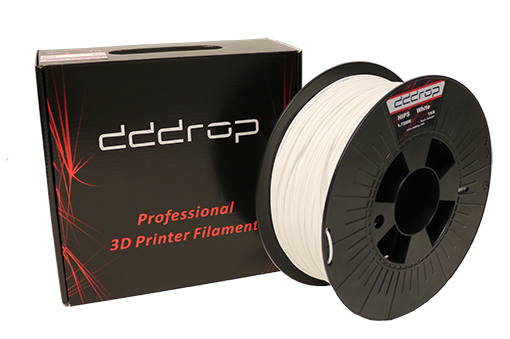
HIPS
HIPS stands for high impact polystyrene. It is the perfect material to use as support for ABS filament, because the two share much of the same printing properties. HIPS uses a similar print temperature and, like ABS, requires a heated bed to prevent warping of objects.
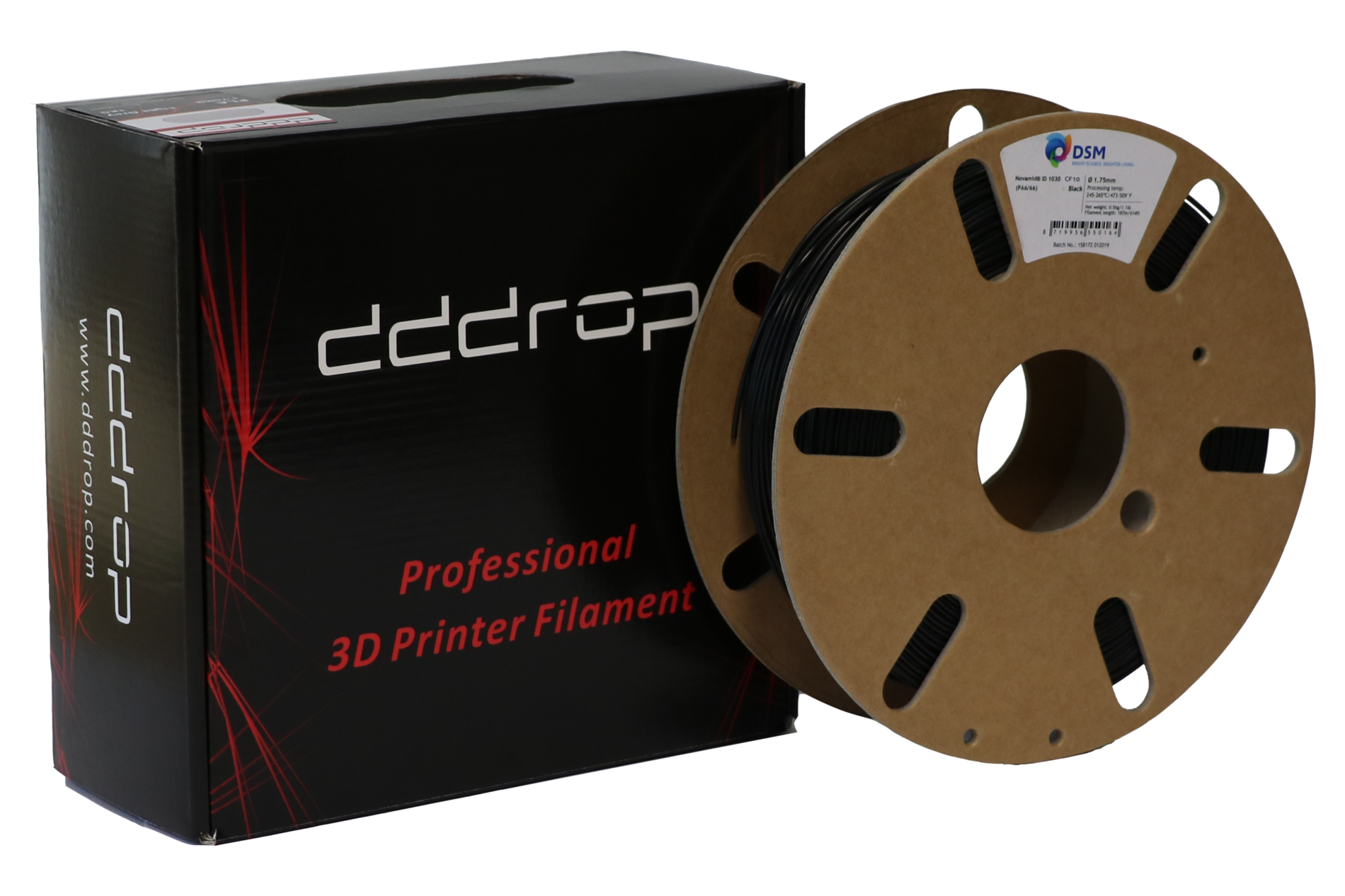
Novamid carbon fiber
Novamid carbon fiber filament is a PA-filament enriched with carbon fibers. The difference with other carbon filaments is that real carbon fibers are added. Different from the often used powder-like carbon. This results in stronger, stiffer, lighter and harder parts that can withstand impact and heat.

PA Carbon
Carbon PA (CARBONX PA6+CF GEN 3) is one of the highest mechanical performance 3D printing polymers in the entire industry. It is formulated using a PA6 copolymer reinforced with high-modulus carbon fiber. Thanks to its high tensile strength, it is a material comparable to aluminium and a valuable candidate for metal replacement in high load applications.
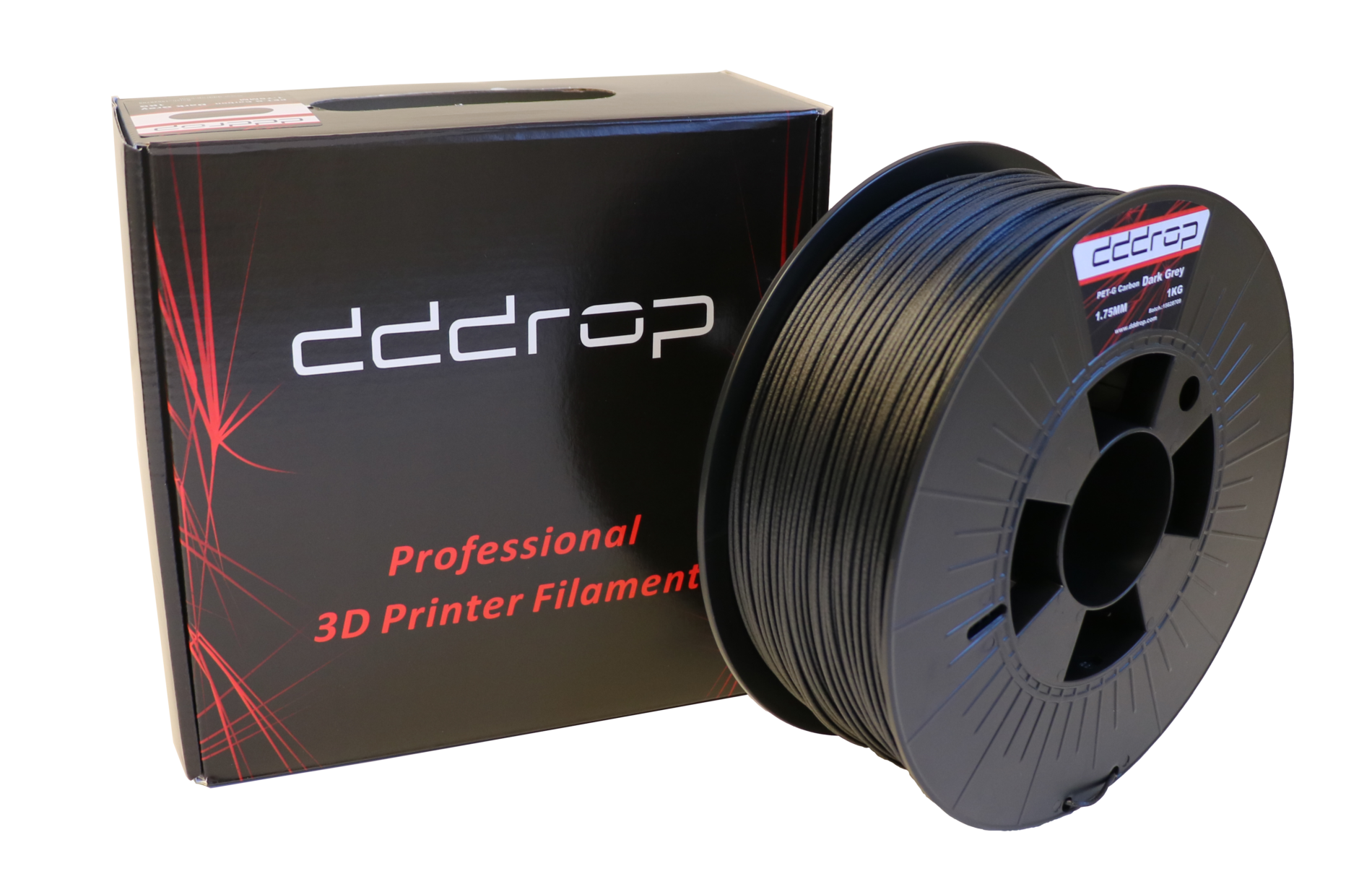
PET-G Carbon
PET-G Carbon has the same formula of PET-G, but this version is reinforced with carbon fiber. Thanks to small fibers added to the PETG material, the properties of this material are improved. The carbon fibers are extremely strong and thus improve the strength and rigidity of PETG. Despite these additions, the carbon filament does not change much in terms of print settings.

Wood Filled PLA
It may sound a little crazy to 3D print with wood, and yet it is possible with our 3d printer. Engineers have found a great way to 3D print wood-like textures. The wood filament is a mixture of traditional PLA filament combine with wood dust. This brings together the versatility of 3D printing with the stylish look of wood.
